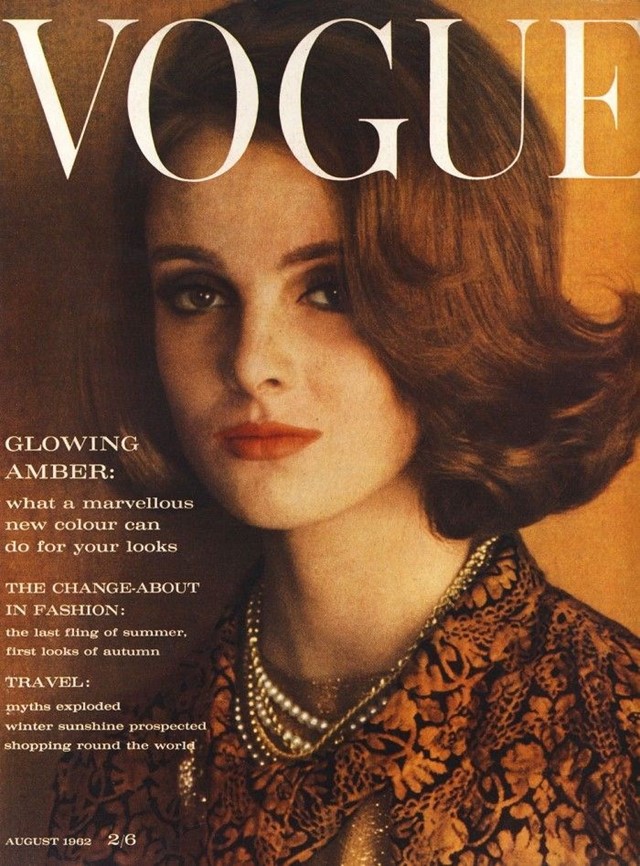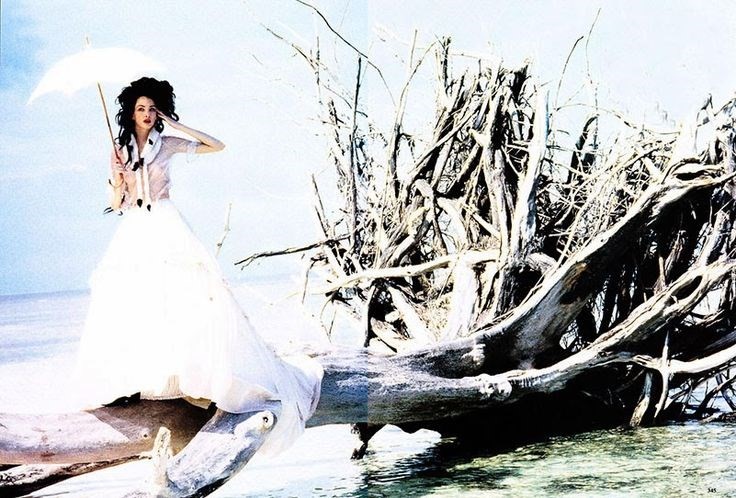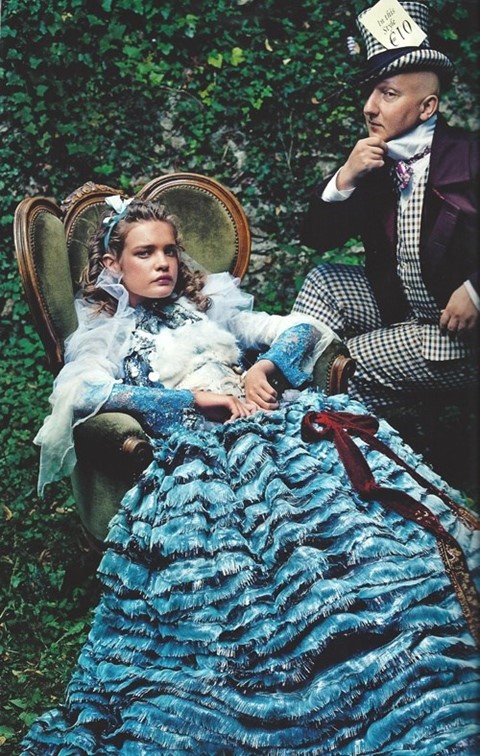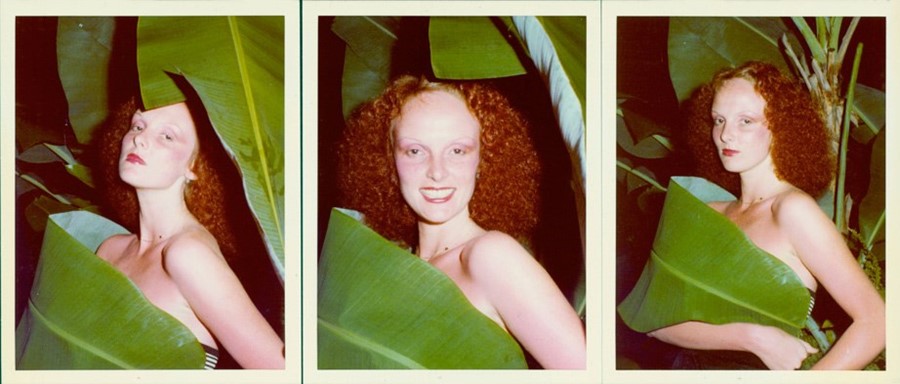From hair styling to hand luggage etiquette, we examine the fashion philosophy of the venerated stylist and creative director
In her 2012 memoir Grace, the iconic fashion stylist Grace Coddington ponders the austere Victorian principles of her hotelier mother, who also infrequently dabbled in watercolour painting and Spanish guitar. Resilient yet romantic, it is these inherited traits that propelled Coddington into household-name stardom in 2009, when she appeared as the attention-shunning and creatively romantic counterpart to Anna Wintour in RJ Cutler’s American Vogue documentary The September Issue.
Grace Coddington joined American Vogue as fashion director in 1988 (hired by the then newly appointed editor-in-chief Anna Wintour). Born in Anglesey, Wales in 1941, she was first thrust into the fashion world at seventeen, posing nude for Norman Parkinson before winning the Young Idea category in a British Vogue modelling competition. While she enjoyed a successful tenure as a poster-girl for 60s chic, a sudden and unfortunate car accident urged her to reconsider her path and utilise her innate flair for fashion in newfound ways. Thus, she stepped behind the lens and joined British Vogue as fashion editor in 1959, where she worked for over two decades.
From David Bailey to Steven Meisel, Irving Penn to Bruce Weber, Coddington’s long-time collaborators are the behemoths of the fashion industry. In the wake of her departure as creative director from American Vogue (she now holds the position of creative director at large), we present five fundamental lessons to learn from the 74-year-old's creative history.

1. Opt for an idiosyncratic hairstyle
In 1962, Coddington appeared on the cover of British Vogue, alongside the caption, "What a marvelous new colour can do for your looks." Having previously had her hair cut into an asymmetric blonde bob by the photographer Teasy-Weasy and a five point pixie cut by Vidal Sassoon, Coddington concealed and re-grew her hair under a knotted turban, and as if heeding her cover line advice, dyed it flame-red with an exaggerate frizz-like perm. She has maintained this style since the seventies, and her long-term partner, the acclaimed hair-stylist Didier Malige, trims it routinely.

2. Blue is the warmest colour
During her childhood, Coddington’s sailboat Argo became a symbol of romantic escapism, responsible for transporting her from the gloomy sand dunes of Tre-Arddur Bay. Water pervades her visual narratives; from Patrick Dermarchelier’s 1983 image of a bronzed Bonnie Berman trapezing above an azure sea in Barbados, to Ellen Von Unwerth’s 1994 Piano Lesson, featuring Debbie Deitering on a Jamaican beach, sporting John Galliano hooped-skirt crinolines, a parasol and ringlets. On a shoot with Guy Bourdin in Normandy, Coddington was even required to pour buckets of blue dye into the sea, in an attempt to turn it a brighter blue.

3. Double check your hand luggage
In 1975, British Vogue became the first magazine allowed to shoot in Russia, and Coddington travelled with Norman Parkinson and Jerry Hall across the USSR, shooting Hall reading the newspaper in Moscow’s Red Square and preparing to dive into Lake Sevan. Having been informed the camera film would be confiscated and developed in Moscow, Hall successfully smuggled several rolls in her make up bag for safekeeping. In 1990, Coddington returned to Russia with Christy Turlington and Arthur Elgort; this time their smuggling was less fruitful. The trio had to eat the haul of black market caviar they had intended to take home, using the blade of Elgort’s Swiss Army knife.

4. Go down the rabbit hole
Coddington spent her youth absorbing films or inventing characters based on the guests that stayed at her parents’ hotel. Famed for creating romantic shoots with narrative arcs and characters of intrigue, her favourite fantastical tales were written by Lewis Carroll, and in 2003, Coddington worked with Annie Leibovitz to create a dreamlike Alice in Wonderland- inspired shoot. Natalia Vodinava played Alice, styled in Christian Lacroix haute couture, Marc Jacobs played the Caterpillar perched atop a giant mushroom and Stephen Jones played the Mad Hatter in a checked top hat of his own design.
5. Get acquainted with cats
Coddington also loves Carroll’s tales of Orlando the marmalade cat, his wife Grace and their three kittens, and owns three Persian companions, Bart, Pumpkin and Blanket. She used to fax sketches of her moggies in fashionable situations to Dider, including her old ginger cat Puff (named after the rapper) sitting front row at fashion week next to Suzy Menkes, or her adored Chartreux Baby wearing the tiered wooden skirt from Hussein Chalayan’s A/W00 collection. Karl Lagerfeld published Catwalk Cats, a book of Coddington’s sketches in 2002, and she even featured Pumpkin and Bart on her 70th birthday invitation, with Pumpkin clad in a floral radzimir and leather Balenciaga dress.
